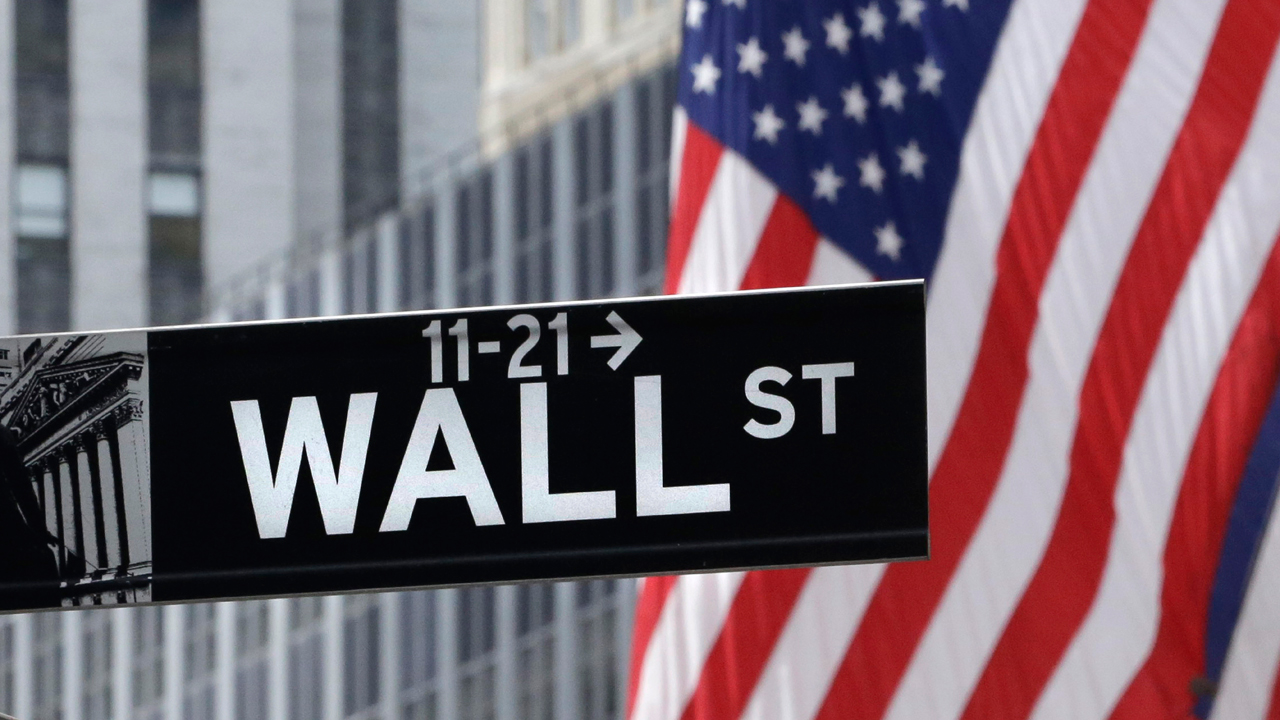Despite May Jobs Miss, Opportunities Still Exist in Select Stocks
The U.S. economy added far fewer jobs than expected in May, shocking Wall Street investors on Friday. But if you watched the stock market through the close of trade, it looked like a seemingly ordinary Friday for equities.
The Labor Department reported just 38,000 net new jobs were added last month, well below consensus expectations for a gain of 164,000, and the lowest level of job growth in five years. Moreover, figures from March and April were revised lower, and both the unemployment rate and labor force participation rate fell more than anticipated as more workers left the labor market.
On the heels of the announcement, U.S. equity markets saw sharp declines before rebounding by the closing bell to end well off session lows and near the flat line for the week. The late-session comeback was due in part to strength in the utilities sector, which generally sees better performance as investors favor those names for their hefty dividends.
The early pressure in the stock market came from a selloff in the financial sector as investors ditched their positions in various bank and financial-industry names. Shares of Bank of America (NYSE:BAC) fell over 3% while JPMorgan (NYSE:JPM) and Wells Fargo (NYSE:WFC) lost nearly 2%. Those stocks tend to outperform and are more profitable when the Federal Reserve tightens monetary policy because banks can then raise rates they charge borrowers at a faster pace than those they pay to depositors.
To that point, odds for a June rate hike were essentially wiped out, dropping to just 4% from 21%, according to fed funds futures. Meanwhile, the U.S. dollar took a beating, with the index dropping the most in four months, while the yield on the 10-year U.S. Treasury bond settled at a three-week low, and gold rallied the most in three months reaching $1,240 an ounce.
Wall Street’s action on the final trading day on the week, according to Jason Rotman, Lido Isle Advisors managing partner, was a simple currency play.
“The market was expecting the Fed to raise rates more than once this year, which caused a lot of nervousness from even the big corporate CEOs who said we’re going to do worse with a strong dollar,” he explained. “Today, the dollar has basically crashed and that has alleviated a lot of those strong-dollar fears.”
Looking forward, Rotman said he sees the odds for Fed rate rises in both June and July gone, and is eyeing a hike later in the year. And while portfolios came under pressure as analysts, economists, and traders contemplated the true health of the U.S. economy, Rotman said there’s one place he’s advising investors look for opportunity: Water utility stocks.
“American Water Works is in the mid-$70s, it’s raised dividends every year, basically. It’s up 26% this year alone. It’s never had a down year in the past four years,” he said. “It may not go up 20% like tech stocks this year, but this is a big-time buy and hold.”
Further, Michael Block, chief strategist at Rhino Trading Partners, said in a note that until more data proves the economy is continuing on the right path, income investors will move out of the risk curve and look to invest in the utilities, consumer staples, materials, industrials, and energy sectors.
“Even with this excitement, the S&P 500 remains in this 2082-2105 box. That’s the one thing that has not changed. The sectors have shuffled but the boat hasn’t moved. Get ready for an interesting couple of weeks,” he said.




















